On Thursday, for the first time in more than six months, neither Hollywood’s actors nor its writers will be on strike.
The long-awaited clearing in the industry’s stormiest season in decades comes as a deal was reached late Wednesday to end what was, at nearly four months, the longest strike ever for film and television actors, AP reported from Los Angeles.
The three-year contract must be approved by the board of the Screen Actors Guild-American Federation of Television and Radio Artists (SAG-AFTRA) and its members in the coming days. But union leadership declared that the strike will end at 12:01 a.m.(US time) on Thursday, putting all of the parts of production back into action for the first time since spring.
Duncan Crabtree-Ireland, SAG-AFTRA’s executive director and chief negotiator, said the gains made in the deal justified the struggle.
“It’s an agreement that our members can be proud of. I’m certainly very proud of it,” Crabtree-Ireland told The Associated Press in an interview, “We said we would only accept a fair, equitable and respectful deal, and that’s precisely what this deal is. So I think our members, as we are able to release more of the details of it, will look at them and say, now this is something that was worth being on strike for.”
More than 60,000 SAG-AFTRA members went on strike July 14, joining screenwriters who had walked off the job more than two months earlier. It was the first time the two unions had been on strike together since 1960. The studios and writers reached a deal that brought their strike to an end on September 26.
The union valued the deal at over a billion dollars. Crabtree-Ireland said the deal includes boosts to minimum payments to actors, a greater share of streaming revenue going to performers, a bolstering of benefit plans and protections against the unfettered use of AI in recreating performances.
The AI protections were a sticking point in the negotiations that had moved methodically, with both long breaks for both sides to huddle, since they restarted on October 24.
“It is something that has evolved even while we’ve been in this negotiation process,” Crabtree-Ireland said, “The capabilities of generative AI tools have expanded dramatically. So we have really been focused on making sure that the guardrails that we negotiated for were future-proof or at least future-resistant.”
The other side in the negotiations, Alliance of Motion Pictures and Television Producers, said in a statement that the “agreement represents a new paradigm. It gives SAG-AFTRA the biggest contract-on-contract gains in the history of the union”. The AMPTP said it “looks forward to the industry resuming the work of telling great stories.”
But any feeling of industry normalcy could prove temporary. The circumstances that brought on the strikes — the shift from traditional theatrical and broadcast media to streaming, and emerging tech like AI — have not been slowed. And the gains made by the strikes may embolden other Hollywood unions, or these same guilds in negotiations that will come up again in three years.
(Photo courtesy SAG-AFTRA Twitter account)
 Amazon MGM Studios gains creative control of 007 franchise
Amazon MGM Studios gains creative control of 007 franchise 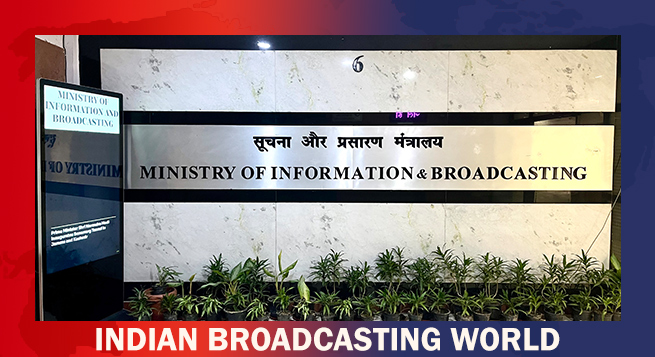 MIB cautions OTT platforms on content; advises robust self-regulation
MIB cautions OTT platforms on content; advises robust self-regulation 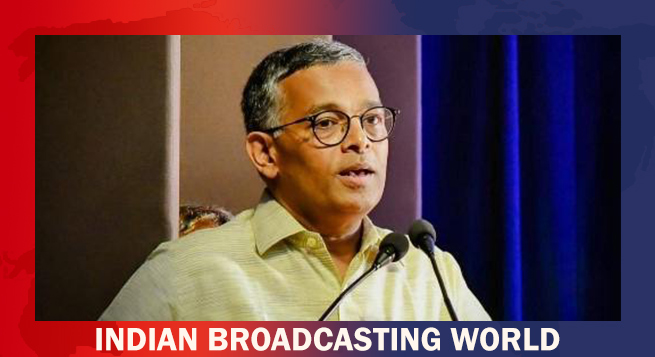 K. Satish Nambudiripad takes charge as DG Doordarshan
K. Satish Nambudiripad takes charge as DG Doordarshan 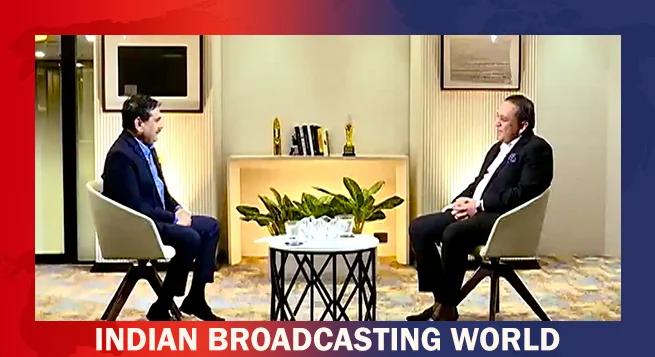 Zee CEO Punit Goenka says open to future mergers
Zee CEO Punit Goenka says open to future mergers  JioHotstar adds the ‘Sparks’ with 20 new creator-driven shows
JioHotstar adds the ‘Sparks’ with 20 new creator-driven shows 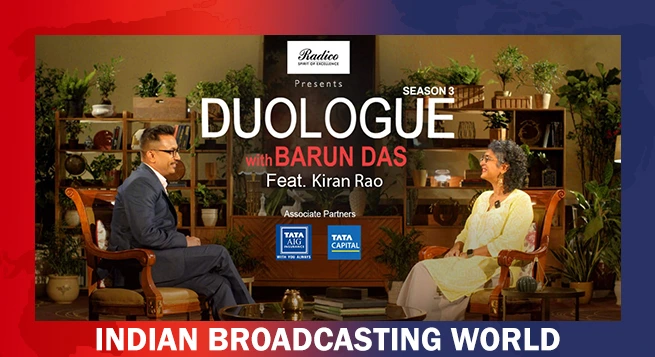 Kiran Rao dives deep into ‘Duologue with Barun Das’ S3 premiere
Kiran Rao dives deep into ‘Duologue with Barun Das’ S3 premiere  Dice Media’s ‘Oops! Ab Kya?’ hits JioHotstar
Dice Media’s ‘Oops! Ab Kya?’ hits JioHotstar  Spotify expands AI-Generated audiobook library with ElevenLabs
Spotify expands AI-Generated audiobook library with ElevenLabs 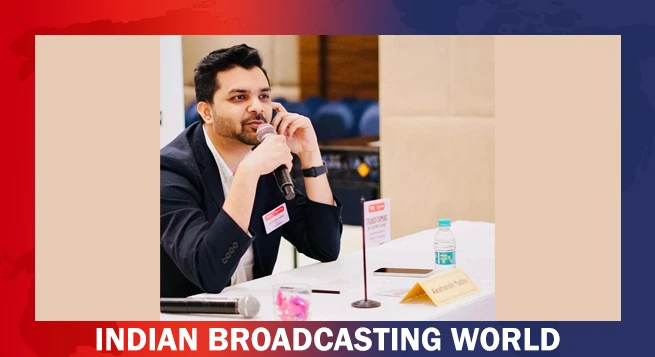 ITV Network appoints Akshansh Yadav digital biz CPO & CTO
ITV Network appoints Akshansh Yadav digital biz CPO & CTO 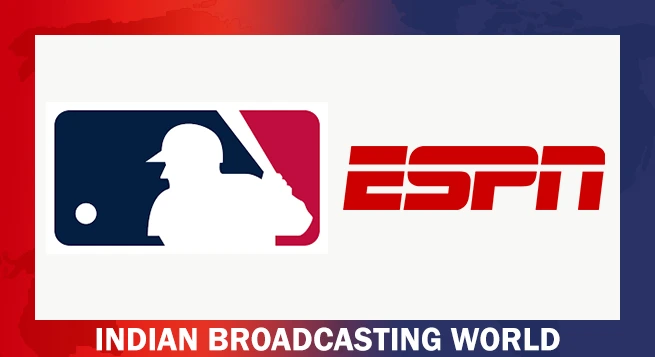 MLB, ESPN part ways after 2025
MLB, ESPN part ways after 2025 








